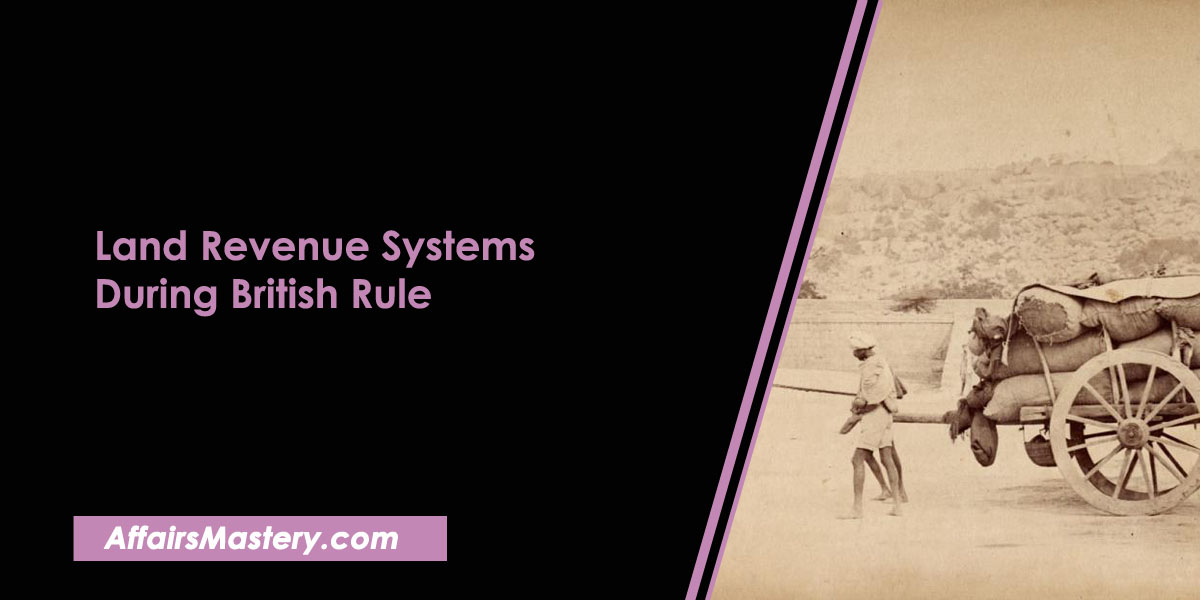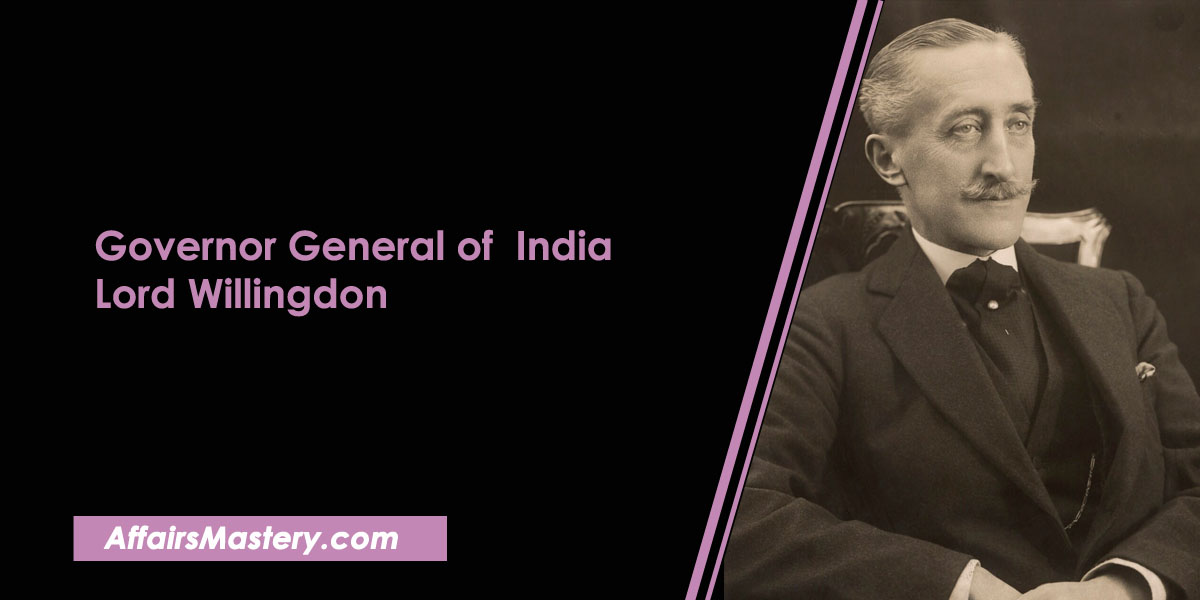Revolutionary Activities and Cases in India – Important Short Notes – Alipore Case, Delhi Case, Kakori Case etc
Revolutionary Activities and Cases in India – Alipore Case, Delhi Case, Kakori Case etc. The emergence of revolutionary ideology in India during the late nineteenth and early twentieth century was the result of several internal and external influences working on the minds of young Indian men and women. They firmly believed that the only way to liberate India from British rule was through an armed struggle, and they were willing to fight for their freedom. Important Short note for various exams.
The activities of revolutionary heroism started as a by-product of the growth of militant nationalism. The first phase acquired a more activist form as a fallout of the Swadeshi and Boycott movement and continued till 1917. The second phase began as a result of the fallout of the Non-Cooperation Movement.
From the perspective of an examination like Civil services, State exams, SSC, Banking, Railways and any other One Day exam, all the necessary facts and information are listed below.
Causes of Revolutionary Activities
- The fallout of Swadeshi and Boycott Movement was the immediate reason.
- Government repression left no peaceful avenues open for the protest.
- With the failure of moderate and extremist congress, youth was not ready to ready to retreat after the decline of national militancy phase.
- Economic exploitation of Indians by the British Government and the Partition of Bengal contributed to amplify the spirit of nationalism among the countrymen.
- The revolutionaries were inspired by the individual heroic actions of Irish nationalists and Russian nihilists, which gave them a sense of purpose to fight for their cause..
Alipore Bomb Conspiracy Case(1908)
- In 1908, a revolutionary conspiracy was intrigued to kill an unpopular British Chief Magistrate Douglas Kingsford of Muzaffarpur. The task was entrusted to Khudiram Bose and Prafulla Chaki.
- Unfortunately, the carriage at which the bomb was planted contained two English ladies and not Kingsford. The two women died in the attack.
- Prafulla Chaki committed suicide while Khudiram Bose, then only 18 years of age, was caught and sentenced to death by hanging.
Curzon Wyllie’s Assassination(1909)
- Madanlal Dhingra, an Indian revolutionary, pro-independence activist, while studying in England, assassinated Lt. Col. William Curzon-Wyllie.
- Dhingra was arrested, tried and found guilty, sentenced to death, and executed at Pentonville Prison.
- Dhingra was a member of the Indian House, a London-based organisation that participated in the revolutionary movement in India primarily by recruiting Indian students studying in the UK.
- Indian House was founded by V.D. Savarkar and Shyamji Krishna, Bhikaji Cama and Shyamji Krishna Varma were supporters of this group.
Delhi Conspiracy Case(1912)
- The revolutionaries led by Rashbehari Bose, made an assassination attempt on Lord Hardinge, the then Viceroy of India.
- A homemade bomb was thrown into the viceroy’s howdah(elephant-carriage) during a ceremonial procession in Delhi.
- The occasion was the transfer of the British capital from Calcutta to Delhi. Lord Hardinge was injured while an Indian attendant was killed.
- Bose escaped being caught whereas a few others were convicted for their roles in the conspiracy.
Kakori Case(1925)
- This was a case of a train robbery that occurred near Kakori in Uttar Pradesh. It was believed that the train carried money bags belonging to the British government.
- The attack was led by the youth of the Hindustan Republican Association(later renamed Hindustan Socialist Republican Association) including Ram Prasad Bismil, Ashfaqulla Khan, Chandrashekhar Azad, Rajendra Lahiri, Thakur Roshan Singh and others.
- One person was killed during the robbery. The revolutionaries were arrested and tried in court. Bismil, Khan, Lahiri and Roshan Singh were sentenced to death. Others were sentenced to deportation or imprisonment.
Chittagong Armoury Raid(1930)
- Also Known as Chittagong Uprising, this was an attempt by revolutionaries to raid the police armory and the auxiliary forces armory from Chittagong.
- It was led by Surya Sen. Others invloved were Ganesh Ghosh, Lokenath Bal, Pritilata Waddedar, Kalpana Dutta, Ambika Chakraborty, Subodh Roy, etc.
- The raiders were not able to locate any arms but were able to cut telephone and wires. After the raid, Sen hoisted the Indian flag at the police armory.
- The government came down heavily on the revolutionaries and were caught and tried. Many were sentenced to imprisonment, deported to the Andaman, and Surya Sen was sentenced to death by hanging.
- Surya Sen was a member of Anushilan Samity, a revolutionary organization led by Sarat Chandra Basu.
Central Assembly Bomb Case(1929) & Lahore Conspiracy Case(1931)
- Revolutionaries Bhagat Singh and Batukeshwar Dutt sought to draw attention to their revolution by throwing a bomb along with leaflets in the Assembly House at Delhi.
- They did not attempt to escape and were arrested and jailed for the act.
- Their attention was not to hurt anyone but to popularize their revolutionary activities and philosophy.
- Bhagat singh was re-arrested in connection with the murder of a British police officer, JP Saunders. This case was called the Lahore Conspiracy Case.
- Saunders was killed mistakenly as the real target was another police officer, James Scott, who was responsible for the lathi charge that killed Lala Lajpat Rai.
- Others involved in this killing were Sukhdev, Rajguru and the Chandrashekhar Azad. They were all members of the Hindustan Socialist Republican Association(HSRA).
- While in prison, Bhagat Singh, Rajguru and Sukhdev along with other political prisoners went on a hunger strike to demand better conditions of prisoners in the jails.
- After the trial, all three were sentenced and executed y hanging in March 1931. Azad was martyred the same year in Feb in a gun battle with the police in a park in Allahabad.
If you find our content helpful and interesting, please consider joining us on Telegram @affairsmastery_official to show your support. We would really appreciate it!
Related articles
- Important Battles in Indian History 2023-24
- Important treaties in Indian history 2023-24
- List of Foreign Travellers who came to India
- List of Governor General of India and Viceroy of India
- Robert Clive – Important Short Notes for Exams 2023-24
- Warren Hastings – Important Short Notes for Exams 2023-24
- Lord William Bentinck – Important Short Notes for Exams 2023-24
- Lord Canning – Important Short Notes for Exams 2023-24
- Lord Mountbatten – Important Short Notes for Exams 2023-24
- C. Rajagopalachari – Important Short Notes for Exams 2023-24
- Lord Wavell – Important Short Notes for Exams 2023-24
- Lord Linlithgow – Important Short Notes for Exams 2023-24
- Lord Willingdon – Important Short Notes for Exams 2023-24
- Non Cooperation Movement (1919-1922)
- Important Personalities related to Social Movements of India
- List of Important Books on Revolt of 1857 and their Author
- Important Leaders of 1857 Revolt and their places
- Constituent Assembly of India and its Composition: Important Short Notes
- Important Tribal Movements in India
- Direct Action Day 1946: Important Short Notes for Exams
- Interim Government of India, 1946 and its members
- Important Socio Religious Reform Movements in India – Short Notes
- Khilafat Movement (1919-1924) – Important Short Notes for exams
- Lucknow Pact, 1916 – About, Features, Outcome (Important Short Notes)
- C R Formula or Rajaji Formula, 1944 – About, Main Points (Important Short Notes)
- Wavell Plan, 1945 – About, Main Points (Important Short Notes)










